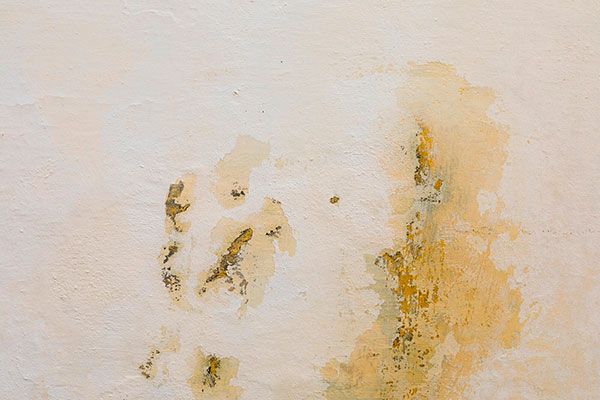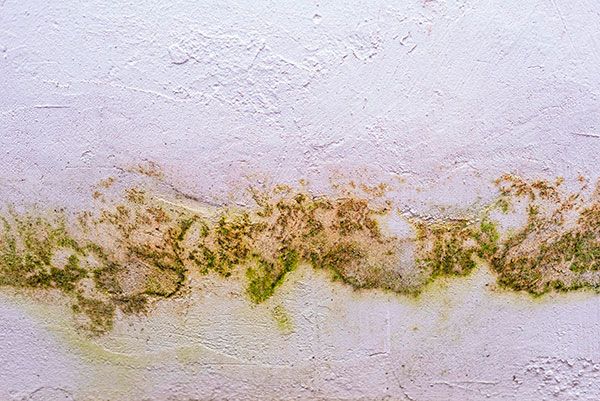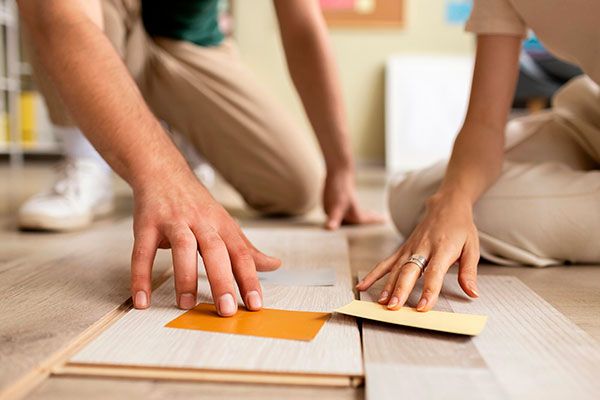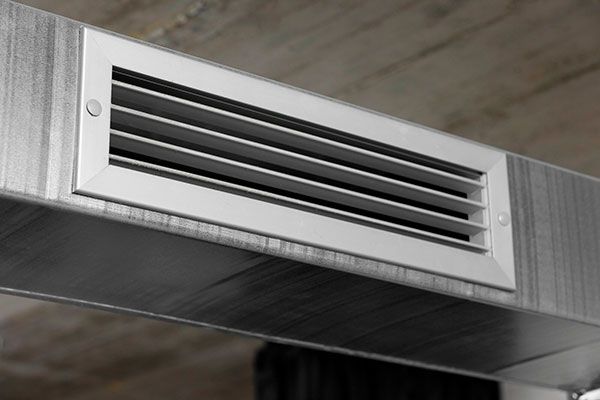Water leaks can rightfully be considered one of the most serious hidden problems you can face. Most water leaks go unnoticed for a long time until they cause major damage. Even a seemingly small water leak can cause irreversible damage to your building's walls, ceilings, and utilities. Most water leaks appear unnoticed, in hard-to-reach places, whether deep under the floor or inside the wall structure, and can only be detected with the help of specialists and expensive screenings.
The financial part of this problem is no less critical. Long-term foundation flooding, mold, and structural damage are just the tip of the iceberg. If water leakage is eliminated from reaching the power supply and communication systems but goes unnoticed for an extended period, the future repair costs will increase significantly.
One of the key solutions to this problem will be the introduction of a water leak detection system that can detect water leaks in real time. This type of smart building solution will automatically detect water leaks and increases in humidity, providing up-to-date information to building owners or operators to help eliminate leaks before they cause significant damage. Integration of such systems should be a basic solution when creating a building security system, as they not only provide protection against flooding, but also save against additional costs for building maintenance.
Sign 1: Water stains on walls and ceilings

One of the most obvious signs of a water leak is stains on the walls and ceiling. Most often, they appear as yellowish or brownish spots ranging in size from a few inches to a few feet that grow over time. They can occur not only due to water leaks, but also due to ventilation or roof problems, as well as extreme weather conditions such as snow, rain, etc.
In general, such stains occur due to the long-term accumulation of moisture due to small but regular water leaks. Water leaks can be caused by faulty, old, or improperly installed water supply systems, which leads to the accumulation of water in the voids between floors or between walls. These accumulations are not visible from the outside until they cause major damage to the building's structures. Only with the help of special tools can water accumulations be detected before mold develops or the wall structure is damaged.
As we have already mentioned, water leaks can be caused not only by the water supply system, but also by a leaky roof. Rainwater can leak inside the building through damaged roofs or cracks, which will eventually lead to stains and mold on the ceiling. If all the necessary measures are not taken in advance, this kind of leakage will lead to the destruction of the ceiling, communications, and even the power supply system. All of these problems not only worsen the aesthetic component of the building, but can also lead to emergencies and a general deterioration in building safety.
Sign 2: Unjustified increases in water bills

If you, as a building owner or operator, have noticed an increase in water consumption in your building without any reason, this may be the first sign of a leaking water system. If there are leaking water pipes, water in most cases flows in hard-to-reach places, which leads to higher utility bills. If the planned increase in water consumption, which depends on the season or the number of visitors, exceeds the actual consumption, this is a signal that the system is leaking.
There can be many reasons for such leaks, ranging from microcracks in pipes to leaky connections or breakdowns. The water that gradually leaks out in this way becomes a financial problem in the maintenance of the building, and since it flows in hard-to-reach places, such leaks have no visual traces. Without the use of a water leak detection system, this problem will plague the home until it causes significant repair and remediation costs.
Integrating water leakage detection sensors will prevent flooding at the initial stage, which will save you from costly repairs. Modern solutions automatically monitor water consumption and notify you when anomalies are detected.
Sign 3: Mold or fungus growth

A humid environment is ideal for mold and mildew growth. Even minor leaks can cause mold to grow on damp surfaces, such as walls, ceilings, and the voids between them where liquid collects. The worst part is that these processes can remain invisible for a long time until they spread over a large area, which proportionally increases the cost of their subsequent elimination.
Fungus and mold are not only stains on the walls, they are a serious threat to the health of residents and those who visit the building. The fungus saturates the air around it with spores, which people then breathe, leading to the development of respiratory diseases. Allergic reactions and respiratory problems are especially harmful for children and people with weakened immune systems, and they may be the first victims of inaction. Systematic exposure to mold can lead not only to exacerbation of chronic diseases but also to the emergence of new ones. We should not forget about sanitary standards. Therefore, preventing the spread of mold is a top priority to ensure the safety of people living or working in the building.
Again, the integration of a leak detection system will automatically monitor the increase in moisture, allowing you to eliminate the problem before it gets worse.
Sign 4: Damage to the floor or deformation of the finishing materials

Contact with water negatively affects building materials such as wood, drywall, insulation, and concrete. Moisture that accumulates over time in cracks and joints between materials deforms them and reduces the overall integrity of the building. Wooden finishing elements can rot and crack, while drywall loses its rigid properties altogether. Even concrete, which seems to be one of the strongest materials, cannot withstand moisture. Due to constant exposure to moisture, it begins to suffer from erosion, cracking and losing its strength.
If the damage to the floor becomes visually noticeable, it indicates a more serious problem. As water accumulates between parts of structures and load-bearing elements, it will eventually lead to their deformation and breakage.
Residential water leak detection will become easier after the integration of a round-the-clock monitoring system that will check the house for problems in real time. The ability to install sensors in hard-to-reach places allows you to remotely detect water accumulation without the need for special equipment. This set of measures allows for early detection of rising moisture levels, which will avoid costly repairs, as water accumulation will be detected before it causes significant damage.
Sign 5: Persistent odor of moisture or mold

And the last sign we will consider is the constant smell of moisture or mold in the premises of the house. Such a smell is a signal that the room where it is felt is an inaccessible place where moisture has been accumulating for a long period of time. Again, water can accumulate in the voids between walls or under the floor, and its source is not always broken pipes. Another not-so-obvious source of moisture is the heating, ventilation, and air conditioning (HVAC) system. If it breaks down or is not properly maintained, it can become a source of water accumulation and, in the long run, mold growth.
Commercial water leak detection services most often face this problem, as commercial buildings often have centralized ventilation and heating systems. Since the smell of mold indicates the accumulation of water in an inaccessible place, it is important to have tools that can identify its source, or at least narrow down the search. Leakage detection sensors allow you to identify moisture accumulation in the deepest layers of the structure.
The importance of implementing a water leakage detection system
We've discussed the 5 main signs that your building is experiencing water leakage and accumulation problems. From mold spots to damp smells, all of these signs indicate that the problem is already there and needs your help. Water leak detectors will help you protect your property from damage. And a water leak detector app will help you stay up to date with the latest developments and notify you when problems are detected before they cause critical damage.
The real-time monitoring feature allows you to respond quickly and fix any problems at the earliest possible stage. The Roomsys device management platform is accessible from both your computer and phone, giving you access to instant alerts to help you solve the problem before water causes critical damage. Roomsys will not only help you save money on home repairs and maintenance, but also protect your home from water, which will significantly extend its life.

